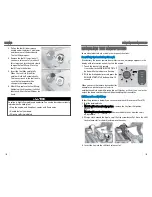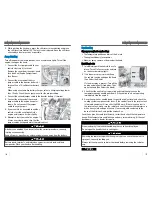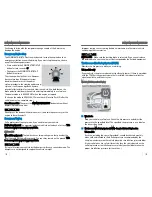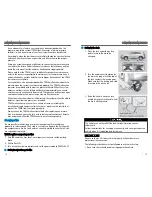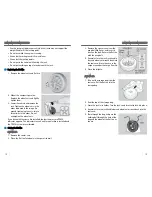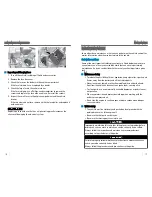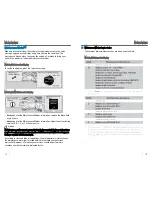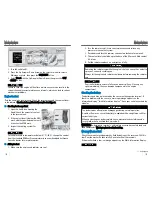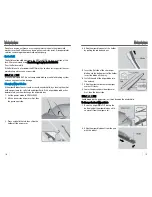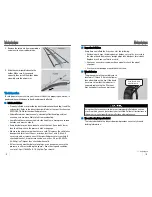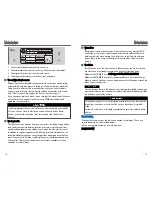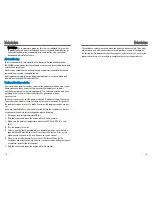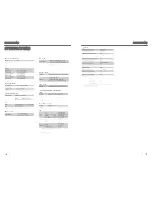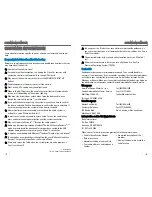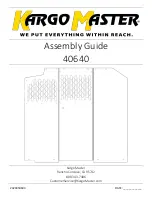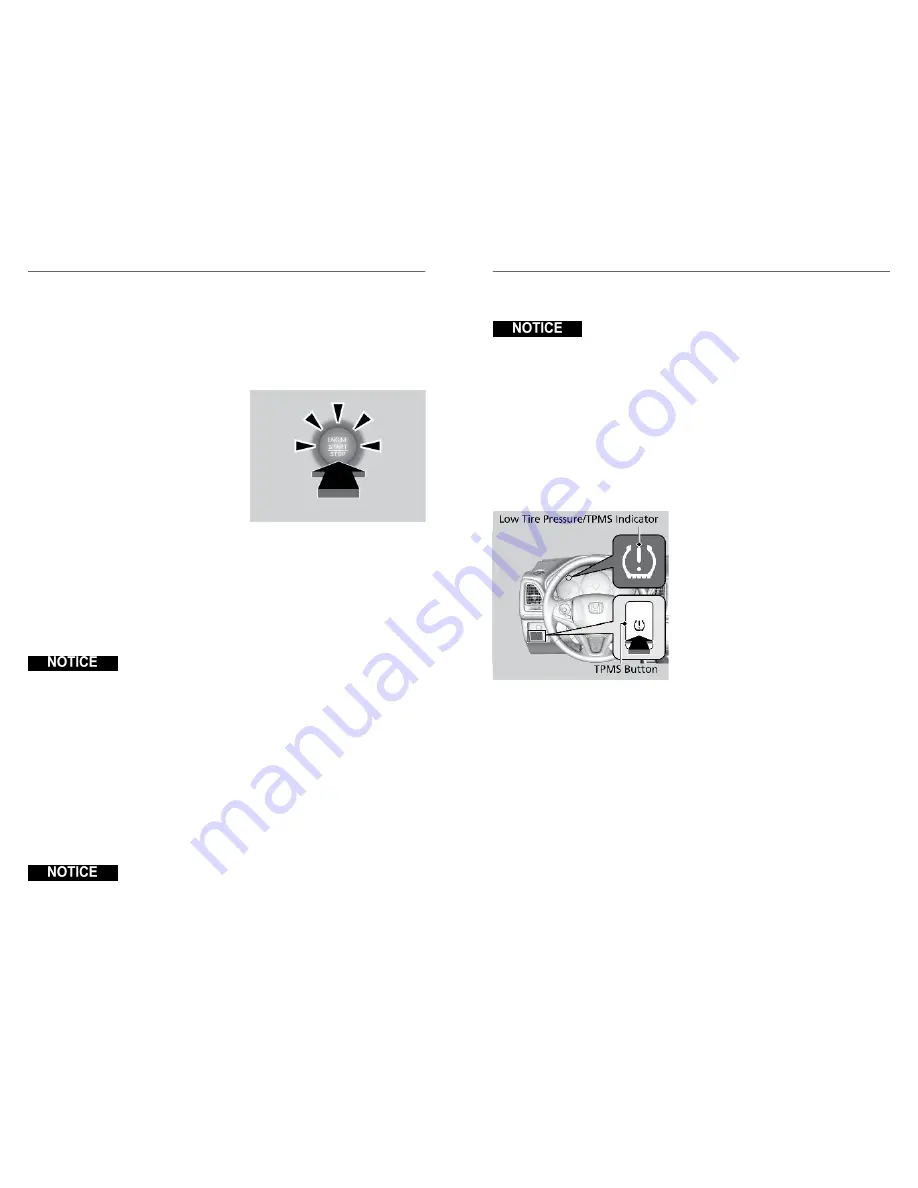
Continuing to drive with the temperature gauge needle at the H mark may
damage the engine.
Emergency Engine Stop
The ENGINE START/STOP button may be used to stop the engine due to an
emergency situation even while driving. If you must stop the engine, choose
one of the following operations:
• Press and hold the ENGINE START/STOP
button for two seconds, or
• Firmly press the ENGINE START/STOP
button three times.
The steering wheel will not lock. However,
because turning off the power system
disables the power assist the power
system provides to the steering and braking
systems, it will require significantly more
physical effort and time to steer and slow the vehicle. Use both feet on the
brake pedal to slow down the vehicle and stop immediately in a safe place.
The power mode is in ACCESSORY when the engine is stopped.
To change the mode to VEHICLE OFF, move the shift lever to Park (P) after the
vehicle comes to a complete stop.
Canadian models: Then press the ENGINE START/STOP button twice without
depressing the brake pedal.
Do not press the button while driving unless it is absolutely necessary for the
engine to be switched off.
Emergency Towing
Call a professional towing service if you need to tow your vehicle.
Flat bed equipment: The operator loads your vehicle on the back of a truck. This
is the best way to transport your vehicle.
2WD models
Wheel lift equipment: The tow truck uses two pivoting arms that go under the
front tires and lift them off the ground. The rear tires remain on the ground. This
is an acceptable way to tow your vehicle.
Trying to lift or tow your vehicle by the bumpers will cause serious damage. The
bumpers are not designed to support the vehicle’s weight.
HANDLING THE UNEXPECTED
108 |
Improper towing such as towing behind a motorhome or other motor vehicle
can damage the transmission.
2WD models - Make sure the parking brake is released. If you cannot release
the parking brake, your vehicle must be transported by the flat bed equipment.
Tire Pressure Monitoring System (TPMS)
Monitors the tire pressure while you are driving.
U.S. models only
If your vehicle's tire pressure becomes significantly low, or if there is a problem
with the TPMS or the compact spare tire is installed, the indicator blinks for
about one minute, and then stays on.
Models with Information Display
n
What to Do
Stop your vehicle in safe place. Check the tire pressure and adjust the
pressure to the specified level. The specified tire pressure is on a label on
the driver's doorjamb.
n
Tire Pressure Monitoring System (TPMS) - Required Federal Explanation
U.S. models
Each tire, including the spare (if provided), should be checked monthly
when cold and inflated to the inflation pressure recommended by the
vehicle manufacturer on the vehicle placard or tire inflation pressure label.
(If your vehicle has tires of a different size than the size indicated on the
vehicle placard or tire inflation pressure label, you should determine the
proper tire inflation pressure for those tires.)
HANDLING THE UNEXPECTED
| 109













